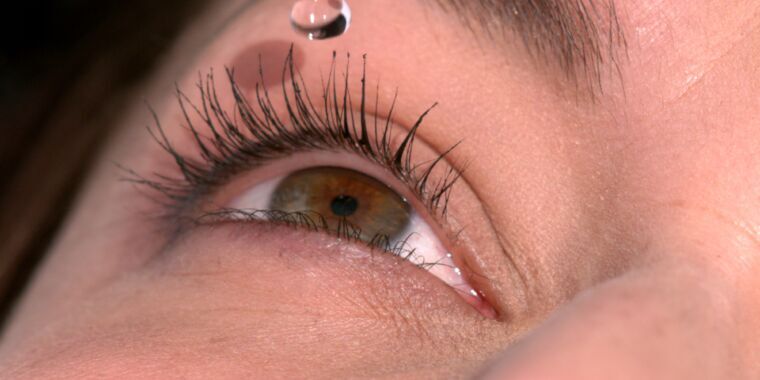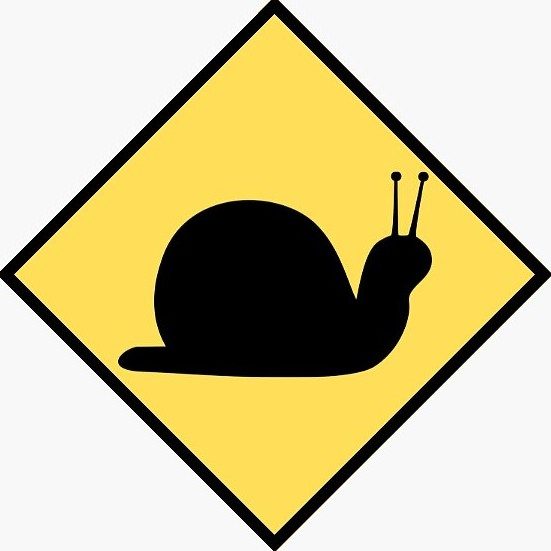Wow, can you imagine trying to fix dry eyes by using eye drops, only to have to get them surgically removed to prevent your death? Going blind over eye drops? 4 deaths even…
You see those videos of workers in India doing barefoot work making pots and small metal parts. Turns out that’s everywhere, including your eye drops.
I’m sure the companies responsible won’t have any consequences, but I wish they would. That’s so incredibly reckless and who knows what else we use every day that’s manufactured this carelessly.
Bare feet are a bit clickbaity on the headline. That alone doesn’t mean much, but when it happens on a area where you should have full protective gear at the (supposed to be) sterile part of the manufacturing it’s of course a big deal. But it would be equally big deal if you just stroll there in your jeans and t-shirt with boots you stepped on a dog shit on your way to work. And even then it’s not even close of being the biggest issue on manufacturing where they constantly ignored all of the safety protocols, including ignoring test results which told them that the product is faulty.
Ideally if it’s a sterile product it’ll never be in contact with the same atmosphere the worker is in, so clothes policy is mostly for the protection of the worker.
Not really. People shed skin and hair constantly, and the small particles float in the air and distribute themselves throughout the volume. And your bacteria are along for the ride. One of the functions of the protective suits, gloves and hairnets is to contain these these particles and thus keep the air as clean as possible. When combined with lamina airflow, positive room pressure and other techniques, it keeps contamination down hugely.
Hmm, well, best to avoid watching the “how it’s made” about sutures then.
The bare feet gives an indication of the company’s culture
I rather just die than go blind
This is so fucked up. Profits over safety (and environment).
but, muh shareholders!
I agree. Money over people. We are going to die because of these money lords.
This is the best summary I could come up with:
The Indian manufacturing facility that made generic eye drops sold under CVS, Target, Rite Aid, and Walmart brands had a slew of manufacturing violations, including allowing workers to regularly perform their roles barefoot and failing to document bacterial contamination, according to an inspection report released by the Food and Drug Administration.
At the time of the FDA’s initial warning, the agency said it had found bacterial contamination in critical production areas of the Mumbai facility.
FDA inspectors found the facility was in poor condition generally, noting cracked floors, peeling paint, water stains, and dust build-up.
Most surprisingly, the inspectors observed barefoot employees working in a sterile area of the facility, where they should have been wearing shoes—plus gowns, gloves, and shoe booties.
Inspectors also noticed that if workers at the facility detected bacterial contamination that registered over an “action” or “alert” level, the testing results were not recorded.
At the start of the year, an outbreak of extremely drug-resistant bacterial infections linked to EzriCare Artificial Tears came to light.
The original article contains 454 words, the summary contains 166 words. Saved 63%. I’m a bot and I’m open source!
This has been going on ever since pharmaceuticals were outsourced to India and China. This was done to reduce FDA oversight. The FDA is still allowed to enter these facilities as a condition of allowing imports but the cost of sending inspectors to the other side of the planet means that there is much less scrutiny.
If you want to want to be terrified of all medicine try reading this blog “warning letter of the week” where they find the most insane FDA warning letter issued every week to some pharmaceutical company:
https://chemjobber.blogspot.com/search/label/warning letter of the week
Seems like capitalism working for the benefit of people as a whole.
/s
so does that mean that the EU is unaffected, or have we just been relying on the FDA to check factories?
No idea about China, but the Indian government relaxed a lot of safety rules during Covid so pharmaceutical companies could produce medicines as fast as possible. This has resulted in many companies making substandard or even harmful products.
Yikes. Suddenly that cry of “The generic stuff is just as good!”
Are going to be drowned out by the “the generic stuff is made in barefoot factories in india with constant failed safety inspections!” And then we are all forced to buy marked up products.
Brand name stuff comes from the same factories. Pharmaceutical manufacturing has been completely outsourced mostly to avoid regulatory oversight.
My eye drops are made in Switzerland. ¯\_(ツ)_/¯
I don’t really see how people chosing to be barefoot has anything to do with their ability to make eye-drops, unless the aforementioned people are using their feet to do it
Being barefoot could potentially introduce extra risk of contamination from shedding skin cells; this may or may not matter depending on which part of the plant they’re working at. In clean room environments, people usually wear special clothing that prevent cross contamination; these include special coat, hair netting, and extra layer of covering around the shoes. But if the said employee works in the office on administrative tasks, far away from clean areas of production, who cares?
I see. I figuered as long as they’d wear hair nets, masks, coats and gloves it shouldn’t matter what’s going on with their feet- but I suppose that could make sense? Idk, It still feels like a strange thing to be fixated on…
I didn’t read the article, though
I work in a hospital pharmacy, and I had to compound some custom eye drops for a patient the other day. I have to wear a hair net, beard net, shoe covers, a gown, and sterile gloves to even enter the cleanroom. Being barefoot in a cleanroom for sterile manufacturing is a hard no.
I’d think the reason for foot protection in a hospital setting is more to protect you from their illnesses, or drop damage (say, a needle or other sharp object)
I suppose I must confess. I’ve worked in dental, so I’m familair with sterilization proceedures/ ppe. I remember learning to wear hard shoes (hardly any one does in reality) to avoid what I mentioned above
It’s strange that employees would be barefoot, but I still don’t really see how feet are any more dangerous than any other part of the body, especially given that they’re surely not handling the materials with their feet!
I can accept that I’m wrong, it just seems strange to highlight the bare feet as a primary issue unless somehow the bacteria in the drops are a type most often found on feet
You’d be surprised how much microorganisms get around
And now I’m imaging them all in a bus, driving upward from someone’s toes, with a bumper sticker that says:
“Destination: EyeDrops”
More like they’re all uncontrollably spreading in the wind like leaves in an autumn storm, landing everywhere.
Most surprisingly, the inspectors observed barefoot employees working in a sterile area of the facility, where they should have been wearing shoes—plus gowns, gloves, and shoe booties. (The barefoot workers were also not wearing gowns or gloves.) A production manager puzzlingly told FDA inspectors that shoeless work is “standard practice.”
They were supposed to cover everything including the feet.
Roger that
Eye drops are made of feet!
Man.that’s disgusting
SURPRISE!!
Ever since my Lasik eye surgery I’ve had to use eyedrops every single day…
Same, would never do it again
I have to use eye drops to prevent glaucoma, and I’m seriously hoping that medical products have higher standards.
deleted by creator
Do you get them from Amazon?
Walmart
Most goop hygiene products are either repurposed industrial waste or designed to make you physically dependent on the goop.











